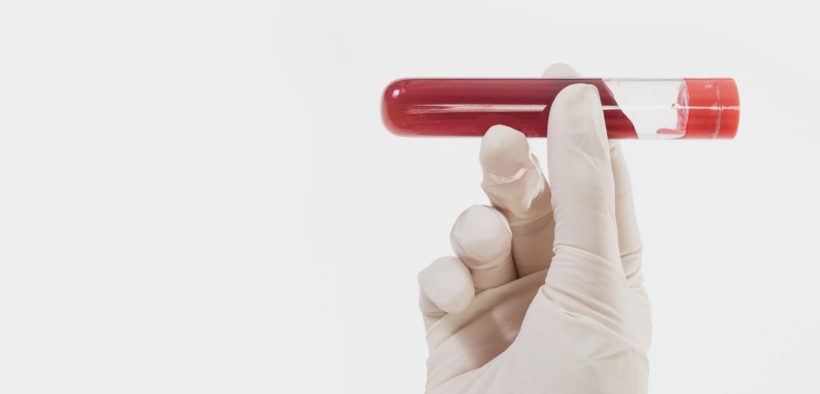One-Step Diagnosis

Australian researchers come up with a simple blood test for cancer diagnosis that could make detection a matter of routine.
By Christina Tom Jose
Early detection of cancer is key to successfully beating the disease. A major challenge that has awarded cancer its ‘fatal’ status is the diagnosis of the disease in its later stages when it is more advanced and less treatable. Diagnosis for cancer is not a normal clinical test that a person undergoes as part of a routine health check-up. However, this is set to change. Cancer researchers at University of Queensland’s Australian Institute for Bioengineering and Nanotechnology (AIBN) have come up with a simple blood test that they claim will detect cancer of any form, irrespective of where it is present in the body. The test can be completed in a matter of minutes and works on a unique DNA signature that is present in all types of the disease. There exists a particular genetic pattern in all cancer, which, according to researchers, will serve as a ‘natural cancer biomarker.’
“Because cancer is an extremely complicated and variable disease, it has been difficult to find a simple signature common to all cancers, yet distinct from healthy cells,” says researcher Dr. Abu Sina. In the normal process of dying and regeneration in cells, cancer cells undergo a sort of ‘explosion’ which releases the unique DNA into the bloodstream. The epigenetic patterns on healthy cells and cancer cells are studied, looking for methyl groups which are found in the DNA. The concentration and arrangement of these methyl groups, known as ‘methylation landscape,’ varies between healthy cells and cancer cells; in healthy cells, they are widely dispersed and spread out while in cancer cells, they form clusters at specific locations. This methylation landscape is what works as a unique identifier of cancer cells. Its presence was detected in numerous types of breast cancer along with prostate cancer, colorectal cancer, and lymphoma. “Virtually every piece of cancerous DNA we examined had this highly predictable pattern,” says Prof. Matt Trau of AIBN. “It seems to be a general feature for all cancer,” he says. “It’s a startling discovery.”
The test developed in the study, supported by the National Breast Cancer Foundation, was successful in detecting cancer with 90 percent accuracy. Another remarkable feature of the DNA is that when placed in solution, they become three-dimensional structures which attach themselves to nanoparticles of gold, causing the gold to change color. This makes it even easier to perform the test; cancer can be detected as easily as a pregnancy test on a strip. “This happens in one drop of fluid,” says Trau. “You can detect it by eye, it’s as simple as that.” While it is yet to be perfect, the test is a phenomenal step in cancer diagnosis and research. Different versions of the test have been developed to make it more portable and even mobile-friendly. “We certainly don’t know yet whether it’s the holy grail for all cancer diagnostics,” says Trau, “but it looks really interesting as an incredibly simple universal marker of cancer, and as a very accessible and inexpensive technology that does not require complicated lab-based equipment like DNA sequencing”.
“WE CERTAINLY DON’T KNOW YET WHETHER IT’S THE HOLY GRAIL FOR ALL CANCER DIAGNOSTICS, BUT IT LOOKS REALLY INTERESTING AS AN INCREDIBLY SIMPLE UNIVERSAL MARKER OF CANCER, AND AS A VERY ACCESSIBLE AND INEXPENSIVE TECHNOLOGY THAT DOES NOT REQUIRE COMPLICATED LAB BASED EQUIPMENT LIKE DNA SEQUENCING.”
Prof. Matt Trau,
Australian Institute for Bioengineering and Nanotechnology
Also read about
















